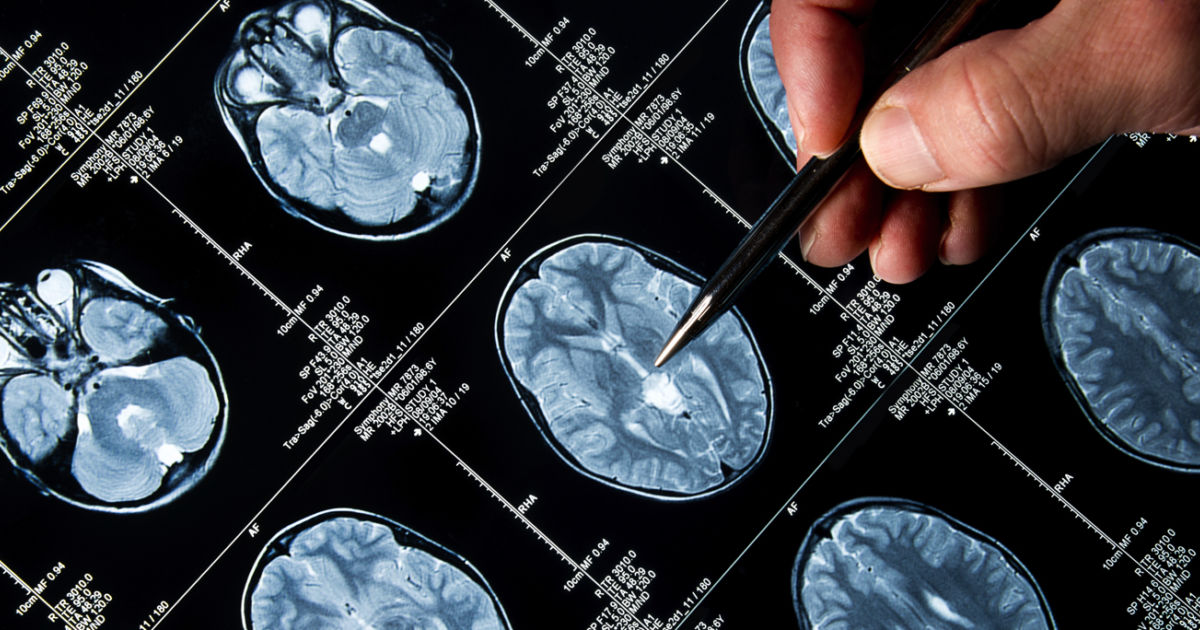How To Treat Pineoblastoma
Pineoblastoma is a type of cancer that starts in the pineal gland cells, which are located in the center of the brain. This type of cancer mainly affects the function of the pineal gland and other surrounding structures. The pineal gland is responsible for the production of a hormone called melatonin. Melatonin regulates an individual's natural sleep-wake cycle. Pineoblastoma patients will experience sleepiness, headaches, and changes in regular eye movements. Symptoms such as nausea, vomiting, weakness, and hearing problems can occur when pineoblastoma begins to compress other parts of the brain.
Pineoblastoma is diagnosed using medical imaging tests, a biopsy, and a spinal tap. Because it can spread throughout the brain and into the cerebrospinal fluid surrounding the brain, this type of cancer can be particularly challenging to treat. However, pineoblastoma does not typically spread outside of the central nervous system. Many methods can be utilized to treat pineoblastoma.
Relieve Fluid Buildup

Individuals affected by pineoblastoma may experience what is called hydrocephalus, or a build-up of fluid in the ventricles of the brain. Pineoblastoma may grow to the point where it blocks the flow and drainage of the cerebrospinal fluid from the brain. As a result, the extra fluid that accumulates in the ventricles causes them to become enlarged and puts too much pressure on the brain. This excess pressure on the delicate tissues of the brain results in tissue damage and numerous brain function impairments.
When hydrocephalus occurs because of pineoblastoma, a surgical procedure to relieve the build-up of this fluid is an essential part of treatment. This goal is usually accomplished by the surgical insertion of a shunt or a drainage system. A shunt is a lengthy flexible tube equipped with a valve to keep the cerebrospinal fluid flowing in the correct direction at a regular rate. One end of the shunt is placed into a ventricle in the brain, and the other end is threaded to another region of the body that can better absorb the fluid, like the abdomen. Another method of removing fluid build up in the brain is through a ventriculostomy. During this procedure, the surgeon creates a small drainage hole in the bottom of one of the brain's ventricles that allows fluid to escape.
Remove The Tumor

Surgical operation on the pineal gland for any reason can present a myriad of complications due to its central location deep within the brain. While the first and most crucial part of treating pineoblastoma is the removal of the tumor, the procedure to do so is aggressive and intrusive. The goal of pineoblastoma resection surgery is to extract as much of the tumor as possible. In many cases, complete removal is not possible because of its proximity to other critical structures. When the tumor cannot be entirely removed, the procedure is called a tumor debulking or resection instead of tumor excision.
For milder cases of pineoblastoma, an oncologist may decide to try different treatments prior to performing an excision. Often, chemotherapy and radiation are used to try and shrink the tumor so surgical resection is not necessary. If this cannot be done, the goal is to shrink the tumor enough to allow for surgical resection through the use of a small catheter. Most patients who undergo surgery to remove their pineal gland tumor will still need subsequent chemotherapy and radiation therapy to eliminate the leftover malignant cells.
